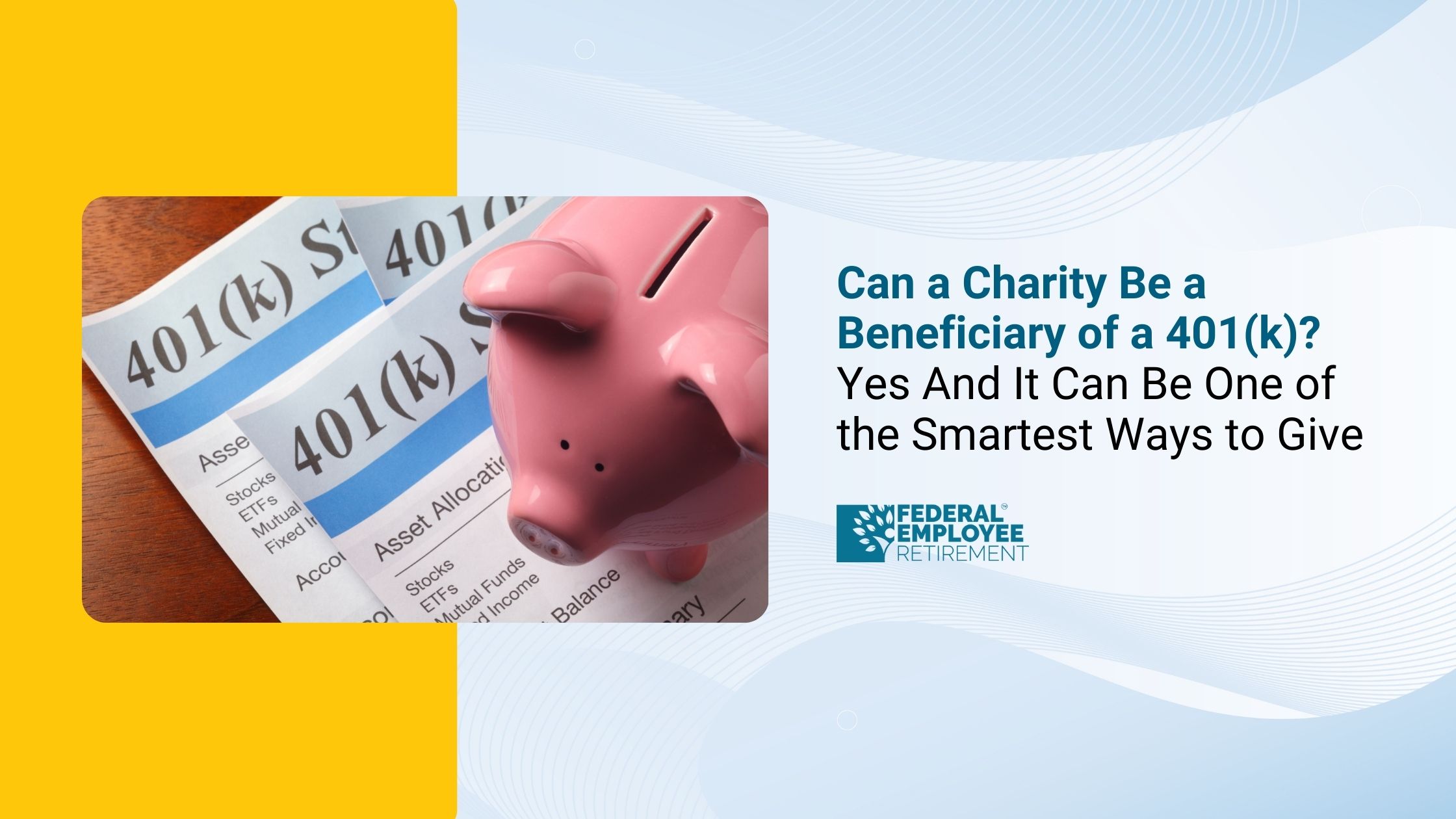You’re not alone; 4,359 federal employees booked their free review.

2026 Military Pay Raise: What the 3.8% Increase Means for Service Members
The House Armed Services Committee’s version of the 2026 National Defense Authorization Act (NDAA), passed after a full day of debate, proposes a 3.8% military pay raise for service members. Alongside this increase, the bill includes major updates to family allowances, housing benefits, child care, and healthcare.
But what does this really mean for your paycheck, your household budget, and your retirement planning? Let’s break down the details and the financial impact.
2026 Military Pay Raise at a Glance
Here are the key highlights from the House NDAA 2026:
- 3.8% pay raise for service members in 2026.
- Family Separation Allowance increased from $250 to $400 per month.
- Basic Allowance for Housing (BAH) excluded from gross household income, making more families eligible for the Basic Needs Allowance.
- Pilot program expansion allowing service members in unaccompanied housing to use their Common Access Card (CAC) for meals at dining facilities, commissaries, and on-base restaurants.
- Child care provisions, including extension of the Child Care in Your Home Pilot Program through 2029.
- New pilot programs for child care worker compensation.
- Healthcare expansions:
- More mental health services for the Cyber Mission Force.
- Expanded obstetrical and gynecological care for TRICARE beneficiaries.
- Lower travel reimbursement threshold for specialty care (50 miles instead of 100).
- More mental health services for the Cyber Mission Force.
How Much Does a 3.8% Pay Raise Add to Your Paycheck?
For context, here’s what the proposed raise could look like:
- An E-5 with 6 years of service earning about $3,000 per month in basic pay would see an increase of roughly $114 per month.
- An O-3 with 8 years of service earning about $6,200 per month would see an increase of about $236 per month.
This additional income can make a noticeable difference especially when paired with allowances like the new family separation increase.
Advisor Perspective: Budgeting & Retirement Planning
While the 2026 military pay raise is welcome news, service members should consider how to make the most of that extra income:
- Boost your TSP contributions: Even a small increase of $100–$200 per month could significantly grow your retirement savings over 20 years.
- Roth vs. Traditional TSP: A raise gives you flexibility. Younger service members may benefit from Roth TSP contributions (paying taxes now), while those in higher brackets may prefer Traditional TSP for tax deferral.
- Emergency fund: Consider allocating part of the raise to build or replenish your emergency savings, especially with inflation and rising living costs.
Example: An E-5 who directs just half of their raise (~$57/month) into a Roth TSP could add over $20,000 in retirement savings over a 20-year career, not counting investment growth.
Checkout the - TSP calculator
Quality-of-Life Improvements Beyond Base Pay
The 2026 NDAA builds on quality-of-life reforms introduced in recent years:
- Family Separation Allowance: Increasing to $400/month, helping families cover living expenses when separated.
- Basic Needs Allowance: With BAH excluded from income calculations, more families qualify for this support a lifeline for those stationed in high-cost areas.
- Child Care & Healthcare Support: Programs aimed at reducing out-of-pocket child care costs and improving medical access show lawmakers are prioritising military family well-being.
These provisions recognise that financial security isn’t just about base pay it’s about reducing stress on military families.
House vs. Senate Versions of the Bill
Both the House and Senate Armed Services Committees passed their own versions of the NDAA. While both propose a 3.8% raise, there are differences in funding levels and program implementation:
- House request: $848 billion for defense.
- Senate request: $878.7 billion.
These differences will be reconciled before a final version is signed into law.
What Happens Next?
The NDAA sets the policy, but a separate appropriations bill must provide the actual funding. Until both chambers reconcile their bills and the appropriations process is complete, the proposed pay raise and benefits aren’t final.
2026 Active Duty Military Pay Charts
The following pay charts reflect the proposed 2026 military pay raise of 3.8%. Monthly basic pay figures are rounded to the nearest U.S. dollar and apply to the active components of the Army, Navy, Marine Corps, Air Force, Space Force, and Coast Guard. Pay scales are organized for Enlisted Members, Warrant Officers, and Commissioned Officers.
2026 Enlisted Basic Pay Chart
Less than 2 to Over 6 Years of Service
Over 8 to Over 16 Years of Service
Over 18 to Over 26 Years of Service
Over 30 Years of Service
2026 Officer Basic Pay Chart
Under 2 to Over 6 Years of Service
Commissioned Officers with Prior Enlisted or Warrant Service
- O-3E: $7,383 → $7,737
- O-2E: $6,484 → $6,618
- O-1E: $5,222 → $5,577
2025 Warrant Officer Pay Chart (<2 – Over 6 Years)
- W-4: $5,720 (<2 years) → $6,802 (over 6 years)
- W-3: $5,223 (<2 years) → $5,971 (over 6 years)
- W-2: $4,622 (<2 years) → $5,586 (over 6 years)
- W-1: $4,057 (<2 years) → $5,152 (over 6 years)
Over 8 to Over 16 Years of Service
Commissioned Officers with Prior Enlisted/Warrant Service
- O-3E: $8,125 → $9,337
- O-2E: $6,828 → $7,664
- O-1E: $5,783 → $6,484
Warrant Officers (8–16 years)
- W-4: $7,098 → $8,620
- W-3: $6,431 → $7,666
- W-2: $6,052 → $7,005
W-1: $5,585 → $6,565
Over 18 to Over 26 Years of Service
Warrant Officers (18–26 years)
- W-5: $10,170 → $11,495
- W-4: $8,928 → $10,445
- W-3: $8,150 → $9,162
- W-2: $7,201 → $7,714
W-1: $6,766 → $7,010
Over 30 Years of Service
Warrant Officers (30+ years)
- W-5: $12,071 → $13,308
W-4: $10,654 → — (retirement)
Notes
- Note 1: Military basic pay for O-7 through O-10 is capped at $18,491.70 under Level II of the Executive Schedule.
- Note 2: Basic pay for O-6 and below is limited to $15,000.00 (Level V of the Executive Schedule). Final figures will be confirmed upon official release.
Key:
- E = Enlisted
- W = Warrant Officer
- O = Commissioned Officer
Effective Date: January 1, 2026 (if approved).
Final Thoughts: Turning the Raise into Long-Term Security
The 2026 military pay raise is more than a 3.8% bump it’s a package of reforms designed to improve military family life, from child care to healthcare access.
But financial security depends on planning. Service members who:
- Allocate part of the raise to TSP or Roth savings,
- Take advantage of new child care and housing benefits, and
- Plan ahead with a financial advisor
…will feel the impact long after the NDAA is signed.
The raise is guaranteed to put more money in your pocket. What you do with it is what determines your family’s financial future.
FAQs on Military Pay and BAH
Will there be a BAH increase in 2026?
The 2026 NDAA does not include a direct increase to the Basic Allowance for Housing (BAH). Instead, lawmakers are requiring the Department of Defense to study new ways of calculating BAH to better reflect local housing market trends. This could lead to more accurate adjustments in future years, especially in high-cost areas.
What are the military raises for 2026?
Both the House and Senate versions of the 2026 defense policy bill include a 3.8% pay raise for service members. This raise will take effect January 1, 2026, once the legislation is finalised and signed into law.
Is the military getting a 19.5% pay raise?
No. Rumours about a 19.5% pay raise are incorrect. The confirmed proposal for 2026 is a 3.8% across-the-board raise. While targeted pay increases for certain specialties sometimes occur, there is no legislation for a 19.5% raise.
Is the military going to get a pay raise in 2025?
Yes. Service members already received a 4.5% pay raise in 2025, which took effect on January 1, 2025, under the previous year’s NDAA. The 2026 raise of 3.8% will follow that increase.
Refference taken from - Navy cyberspace


Get Updated
Subscribe to our weekly updates for the latest on retirement planning, federal benefits, exclusive webinars, and more!
Download Federal Retirement: Step-by-step Checklist
This comprehensive guide will help you understand your federal benefits, optimize your savings, and plan for a comfortable future.



.png)








